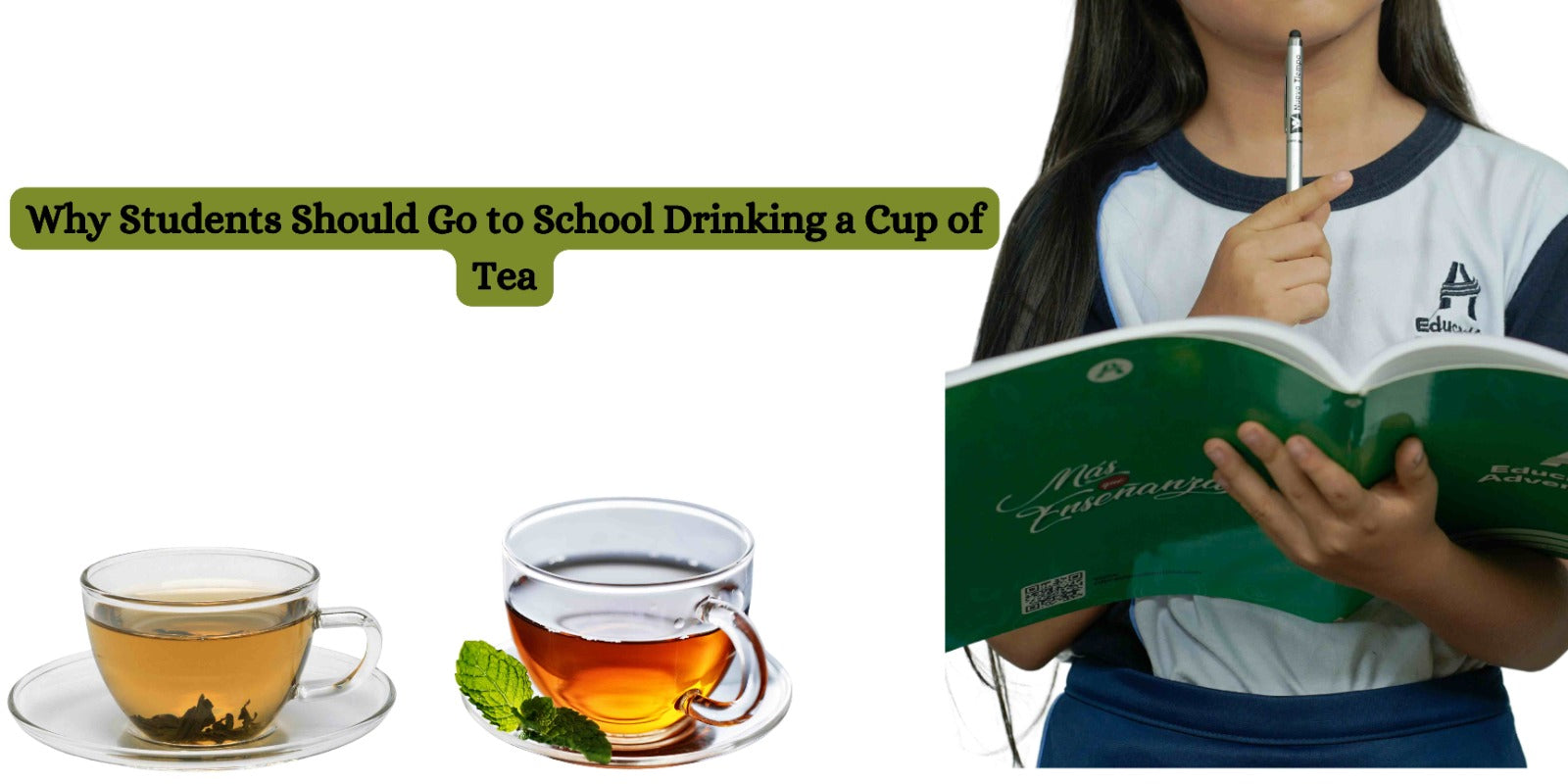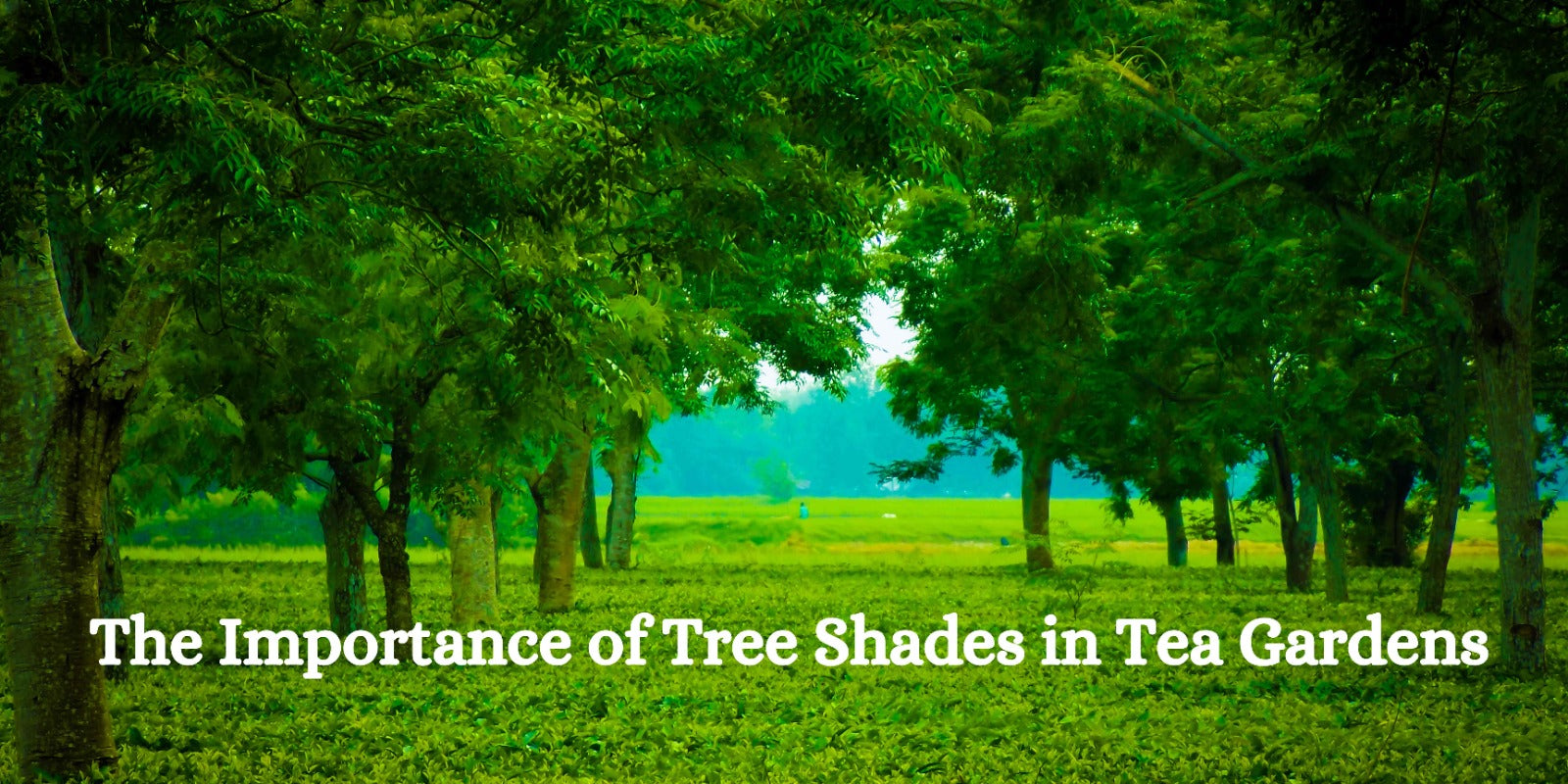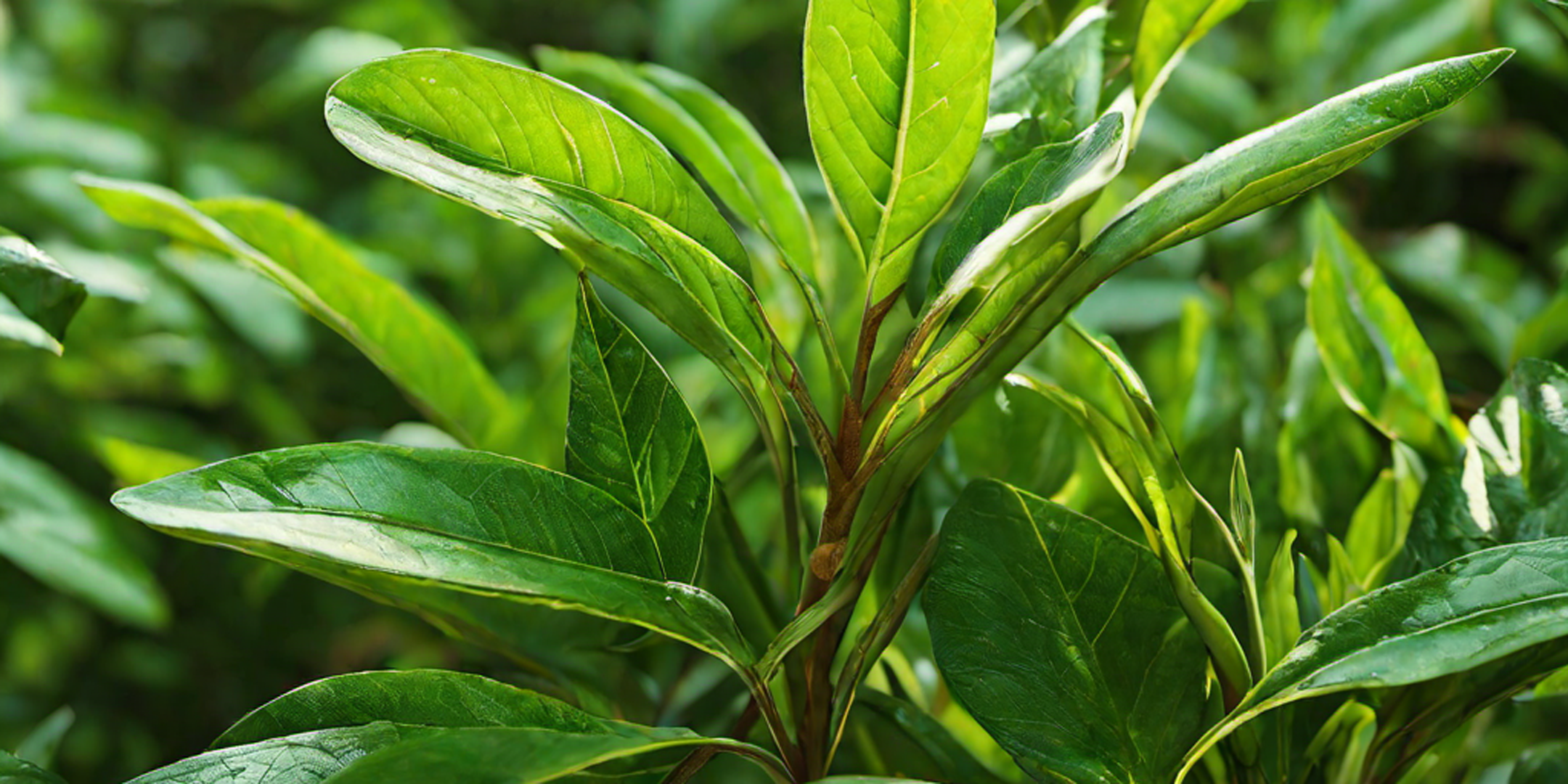Tea lovers around the world cherish oolong tea for its unique taste, rich aroma, and impressive health benefits. But have you ever wondered where oolong tea got its name and how it became one of the most famous teas in the world? The history of oolong tea is a fascinating story filled with legends, tradition, and the mastery of tea-making.
In this blog, we will explore the origins of oolong tea, the meaning behind its name, and how it became a symbol of fine tea craftsmanship.
What is Oolong Tea?
Oolong tea is a partially oxidized tea that falls between green tea and black tea in terms of flavor, color, and oxidation level. Unlike green tea, which is not oxidized, and black tea, which is fully oxidized, oolong tea is carefully processed to achieve a delicate balance of both.
Oolong tea can have floral, fruity, or roasted notes, depending on how it is processed. It is mainly produced in China and Taiwan, where tea masters use traditional methods to bring out its complex flavors.
The History of Oolong Tea
The Legend of the Black Dragon
One of the most popular stories behind oolong tea’s name comes from an ancient Chinese legend. It is said that a tea farmer was harvesting tea leaves when he saw a black dragon (called Wulong in Chinese) in his tea garden. Distracted by the sight of the dragon, he left the leaves to dry naturally in the sun. When he returned, he noticed that the leaves had partially oxidized, changing their color and aroma.
Upon brewing the leaves, he discovered a delicious new tea with a richer taste than green tea but lighter than black tea. This tea was then named "Wulong" (Oolong) tea, after the black dragon that had inspired this accidental discovery.
The Tribute Tea Theory
Another historical theory suggests that oolong tea originated during the Ming Dynasty (1368–1644) when tea farmers in Fujian province began producing a new style of tea. The emperor of China loved this tea so much that it was given as a tribute tea to the royal court. Over time, this special tea became known as oolong tea, gaining popularity across China and beyond.
The Wuyi Mountain Connection
Many believe that Wuyi Mountain in Fujian, China, is the birthplace of oolong tea. The tea farms in this region have been producing high-quality rock oolongs (such as Da Hong Pao) for centuries. These teas are grown in rocky terrain, which gives them a distinct mineral-rich flavor that tea connoisseurs love.
Another major region famous for oolong tea is Anxi County in China, known for its Tieguanyin (Iron Goddess) oolong tea, which has a floral and creamy taste.
The Meaning Behind the Name "Oolong"
The name "oolong" (乌龙) comes from Chinese, where:
-
"Wu" (乌) means "black"
-
"Long" (龙) means "dragon"
So, "oolong" literally translates to "black dragon" tea.
The name could refer to the dark, curled shape of the tea leaves, which sometimes resemble a dragon’s tail. Others believe it refers to the mystical nature of the tea, as oolong tea undergoes a complex transformation during its production, much like a mythical dragon changing form.
How Oolong Tea Became Famous
Over time, oolong tea spread beyond China, reaching Taiwan in the 18th century. Taiwanese tea farmers perfected their own styles of oolong, such as High Mountain Oolong and Milk Oolong, which became highly sought after.
By the 19th and 20th centuries, oolong tea gained international popularity, especially in Japan, the UK, and the US. Today, it is a favorite among tea lovers and health enthusiasts worldwide.
Why Oolong Tea is Special
Oolong tea is not just a beverage—it is an art form. The process of making oolong tea involves:
-
Withering – Tea leaves are left to dry under the sun.
-
Oxidation – Leaves are carefully bruised to start oxidation.
-
Rolling – Leaves are rolled into curly or twisted shapes.
-
Firing – Leaves are roasted to enhance flavor.
This detailed craftsmanship results in a complex and flavorful tea that is smooth, fragrant, and deeply satisfying.
Conclusion
Oolong tea has a rich history and a fascinating name that reflects its deep connection to Chinese culture and tradition. Whether its name comes from a black dragon legend or a tribute tea tradition, oolong tea continues to be one of the most beloved and unique teas in the world.
If you haven’t tried oolong tea yet, now is the perfect time to experience its delicate balance, complex flavors, and rich aroma. Whether you prefer a floral Tieguanyin or a roasted Da Hong Pao, oolong tea promises a delightful tea-drinking experience like no other.
Would you like to explore premium oolong tea? Check out Uphaar Tea for a selection of high-quality teas!




